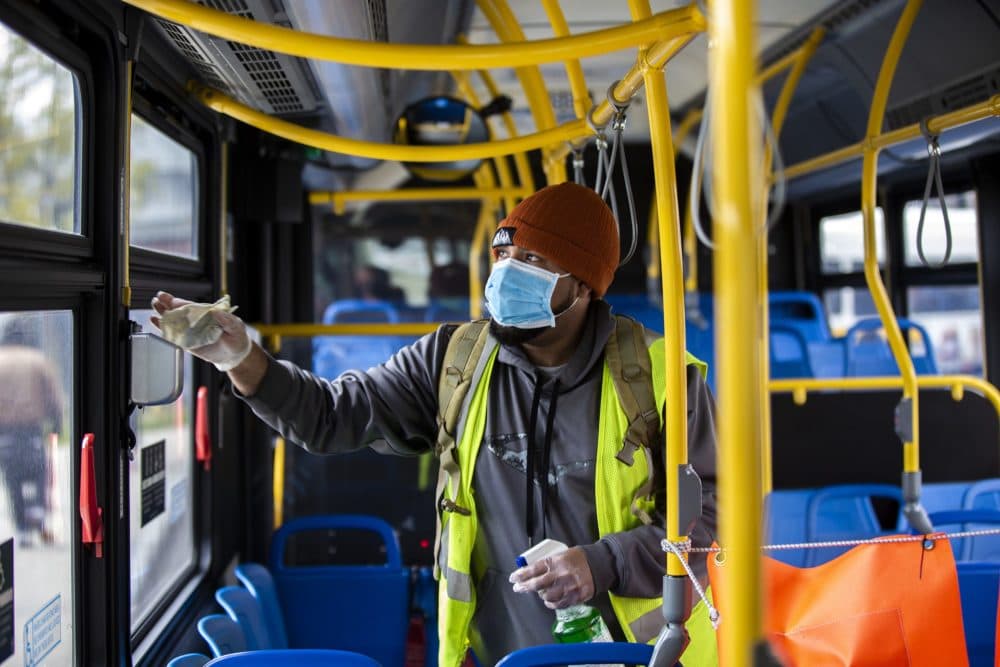guitarguynboston
Active Member
- Joined
- Dec 11, 2009
- Messages
- 240
- Reaction score
- 305
Feel free to move to the covid Boston thread if need be. Just thought this was an interesting read.

 amp.theatlantic.com
amp.theatlantic.com

Fear of Public Transit Got Ahead of the Evidence
Many have blamed subways and buses for coronavirus outbreaks, but a growing body of research suggests otherwise.


